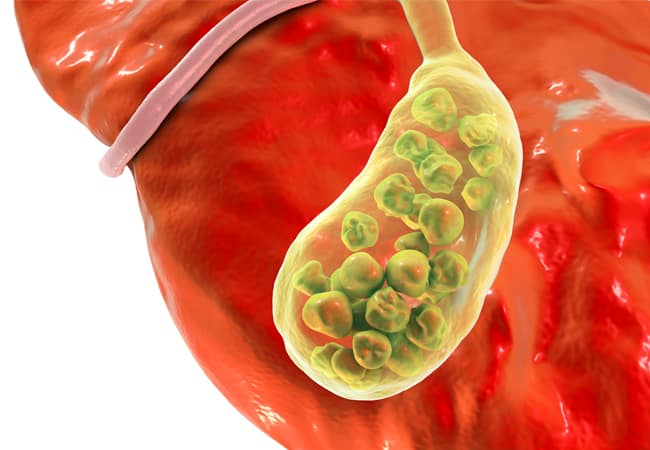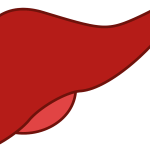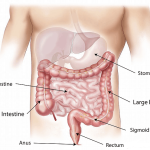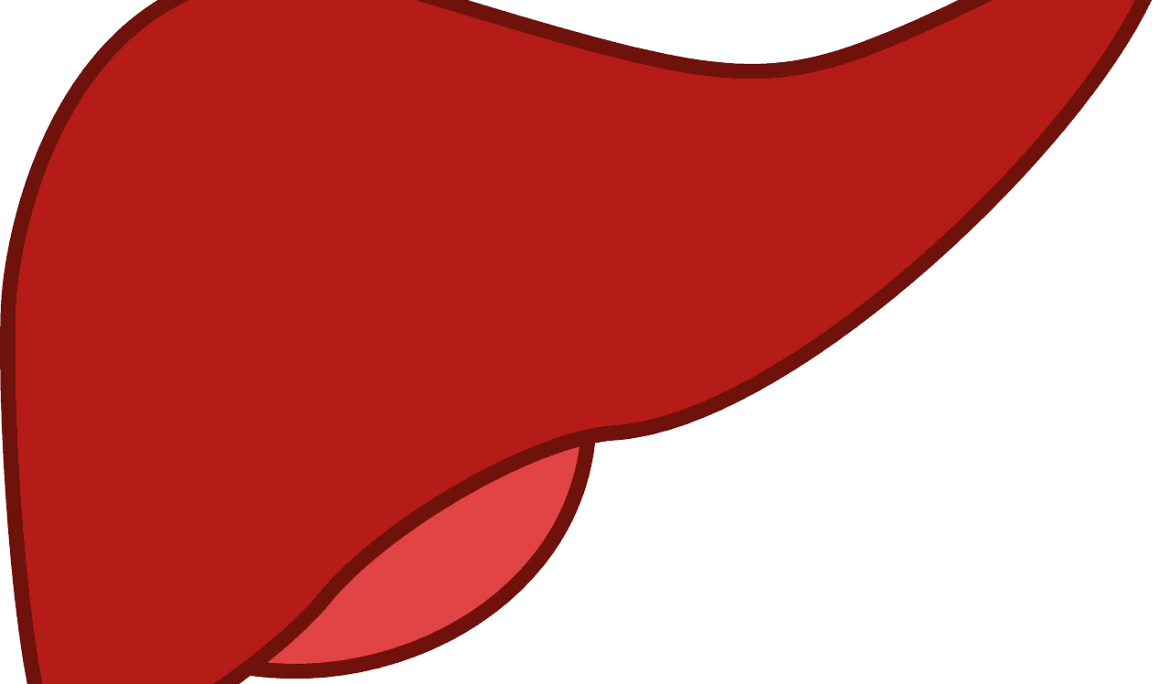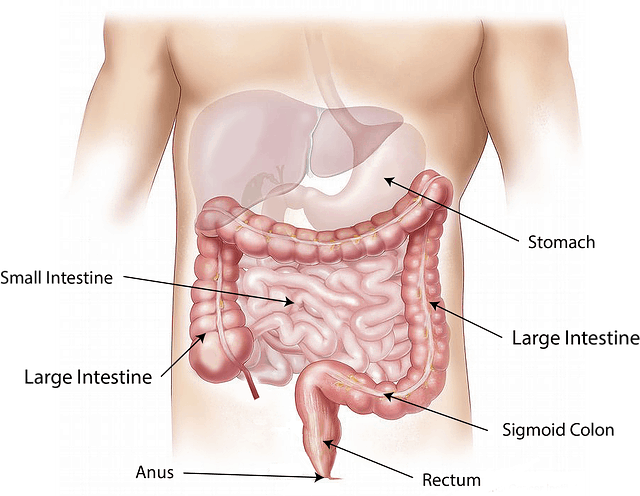GALLSTONES (scientifically known as cholelithiasis) are hardened deposits of the digestive fluid that can form in your gallbladder. Your gallbladder is a small, pear-shaped organ on the right side of your abdomen just beneath your liver. The gallbladder holds a digestive fluid called bile that’s released into your small intestine.
Gallstones range in size from as small as a grain of sand to as large as a golf ball. Some people develop just one gallstone, while others develop many gallstones at the same time. Types of gallstones that can form in the gallbladder include cholesterol gallstones. The most common type of gallstone often appears yellow in colour and is often composed of undissolved cholesterol.
Pigment gallstones are dark brown and black stones that form when your bile contains too much bilirubin. It is, however, not clear what causes gallstones to form. Doctors think gallstones may result when your bile contains too much cholesterol or bilirubin. If your gallbladder doesn’t empty completely or often enough, the bile becomes highly concentrated, thus contributing to the formation of gallstones.
There are several risk factors that may increase your risk of developing gallstones. Females are at an increased risk compared to their male counterparts. Individuals older than 40 years have an increased risk factor, and being overweight or obese puts you at greater risk. A sedentary lifestyle and eating high-fat diet may contribute to the onset of gallstones.
Individuals with liver disease and a family history of gallstones may also be at risk.
Gallstones may cause no signs or symptoms. If a gallstones lodges in a duct and causes a blockage, the resulting signs and symptoms may include sudden and rapidly intensifying pain in the upper right portion of your abdomen, just below your breastbone. This may manifest as back pain between your shoulder blades and/ or pain in your right shoulder, as well as nausea and/or vomiting.
Complications of gallstones may include inflammation of the gallbladder (cholecystitis), jaundice and bile duct infection, as well as pancreatic duct blockage, resulting in inflammation of the pancreas (pancreatitis).
People with a history of gallstones have an increase risk of gallbladder cancer.
You may reduce the risk of gallstones if you try to stick to your usual meals each day. Skipping meals increases the risk of gallstones. If you need to lose weight, go slowly because rapid weight loss can increase the risk of gallstones. Work to achieve a healthy weight by reducing the number of calories you eat and increase the amount of physical activity you get.
Make an appointment with your doctor if you have any signs or symptoms that worry you. Seek immediate care if you develop abdominal pain so intense that you can’t sit still or find a comfortable position, or if you experience yellowing of your skin and the whites of your eyes and high fever with chills.
The test and procedures used to diagnose gallstones include abdominal ultrasound or computerised tomography (CT) as well as endoscopic retrograde cholangiopancreatography (ERCP). Blood tests may reveal infection or other gallstone-related complications.
The gold standard in treating gallstones is surgery to remove the gallbladder (cholecystectomy), since gallstones frequently recur. Once your gallbladder is removed, bile flows directly from your liver into your small intestine, rather than being stored in your gallbladder.
You don’t need your gallbladder to live and gallbladder removal doesn’t affect your ability to digest food, but it can cause diarrhea, which is usually temporary. In case an individual develops cholecystitis (inflammation of the gallbladder) antibiotics can be administered concurrently to mitigate the infection.
Dr. Makemba Shayela Nelson holds an MBChB from the University of Kwazulu-Natal in Durban, South Africa and can be contacted at Nesha Medical Practice.




